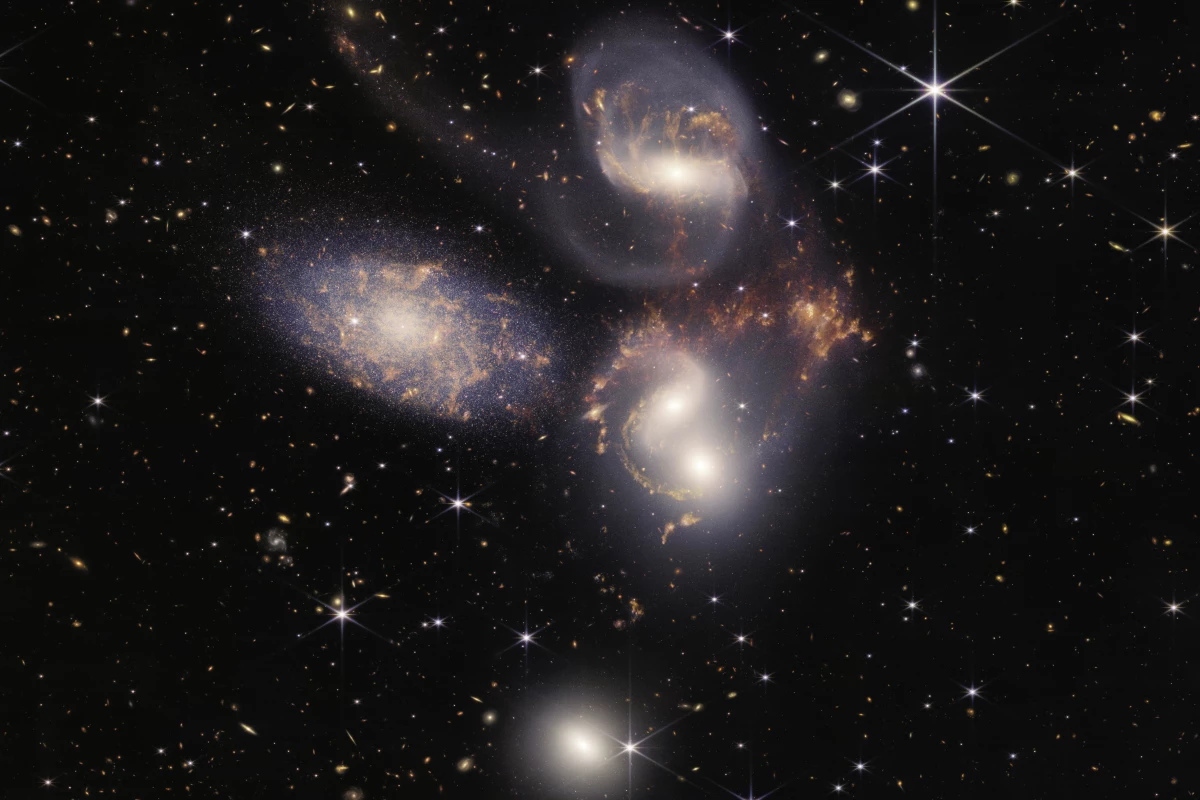Reviving an almost century-old hypothesis, a new study led by Rajendra Gupta at the University of Ottawa based on data from the James Webb Space Telescope (JWST) suggests that the universe may be twice as old as previously thought.
It's commonly accepted in cosmological circles that the Big Bang occurred 13.797 billion years ago, based on the redshift caused by the expansion of the universe in four dimensions. However, like most things in the rarefied frontiers of advanced physics, nothing is set in stone because there are gaps in our knowledge of some very basic properties of the cosmos and there are any number of anomalies to be accounted for.
One of these anomalies is the "impossible early galaxy problem," which is raised by small galaxies spied on by the JWST that are thought to have formed 300 million years after the Big Bang, yet seem to be as mature as billion-year-old galaxies. Another anomaly is HD 140283, also called the Methuselah Star, which may be as young as 12 billion years, or as old as a troubling 14.46 billion years – older than the universe itself.
To explain these anomalies, Gupta has revived a controversial idea called the 'tired light hypothesis' in a new hybrid form. Tired light was conceived of by Fritz Zwicky in 1929 as an alternative to the expanding universe theory.
The basic idea is that the red shift attributed to the expansion is the result of light traversing the universe losing energy as the photons interact with dust, gas, or energy fields. In other words, the universe could be static and the expansion is merely an illusion.
It's an idea that has never sat well with physicists, who pointed out early on that there were a number of problems with tired light, including that it should have resulted in stars and galaxies blurring, and that it couldn't account for the changing of the sky's brightness over time, the asymmetry of the universe, its thermal spectrum, and the existence and cosmic background radiation.
Now Gupta has brought the idea back by adding it to Paul Dirac's equation that involves the interaction of particles on a quantum level and suggests that the coupling constants in the equation could change over time due to another previously unknown constant. This could alter the red shift and push back the observed age of the universe to as old as 26.7 billion years.
How well this hypothetical age stands up remains to be seen but if you bought any condiments around the time of the Big Bang, you may want to double check the expiration date.
The study was published in Monthly Letters of the Royal Astronomical Society.
Source: University of Ottawa





